Ludovica Carbotta: good insights, but still too academic. What the exhibition at MAMbo in Bologna looks like.
The exhibition Very Well, on my own by Ludovica Carbotta (born 1982 in Turin, lives Barcelona) at MAMbo in Bologna addresses the relationship between the artist, her personal biography, and the dimension of the “city-society.” The film Monowe, made through the call of the Italian Council, represents a new stage in the project that imagines a world and society inhabited by one person. This idea allows us to rethink the “conventions of coexistence” and thus rethink the relationship of the individual to the world around him.
Very beautiful are the sculptures that I call “climbable,” which are made from cast-off pieces and look like climbing camps where the artist seeks a way “up” by working in the interstices of the museum. The viewer is forced to walk through these sculptures with his eyes trying to understand how far those holds and steps, can support him. Evident and exciting is the artist’s search for “his own architecture,” a refuge, a more authentic nest; suggestions that effectively refer back to the Monowe project and the world inhabited by a single person. Beautiful is the idea of the “camera” sculpture, which, through the dust of cities, manages to imprint dreamlike images on various white tablets. The sculpture, which seems to emerge from “do-it-yourself” materials, returns a poetic vision of the city dusts that pushed by the wind imprint images from another and mysterious dimension.
On the other hand, other solutions such as the video around the city without filming its own shadow, or many “material” sculptures distributed in the space, appear redundant and pay too much debt to the artist’s academic path. In fact, we see the same sculptural attitude repeated over and over again and where a “scholastic” gaze of the artist and too great a debt to the informal sculptural tradition of the 20th century is still evident.
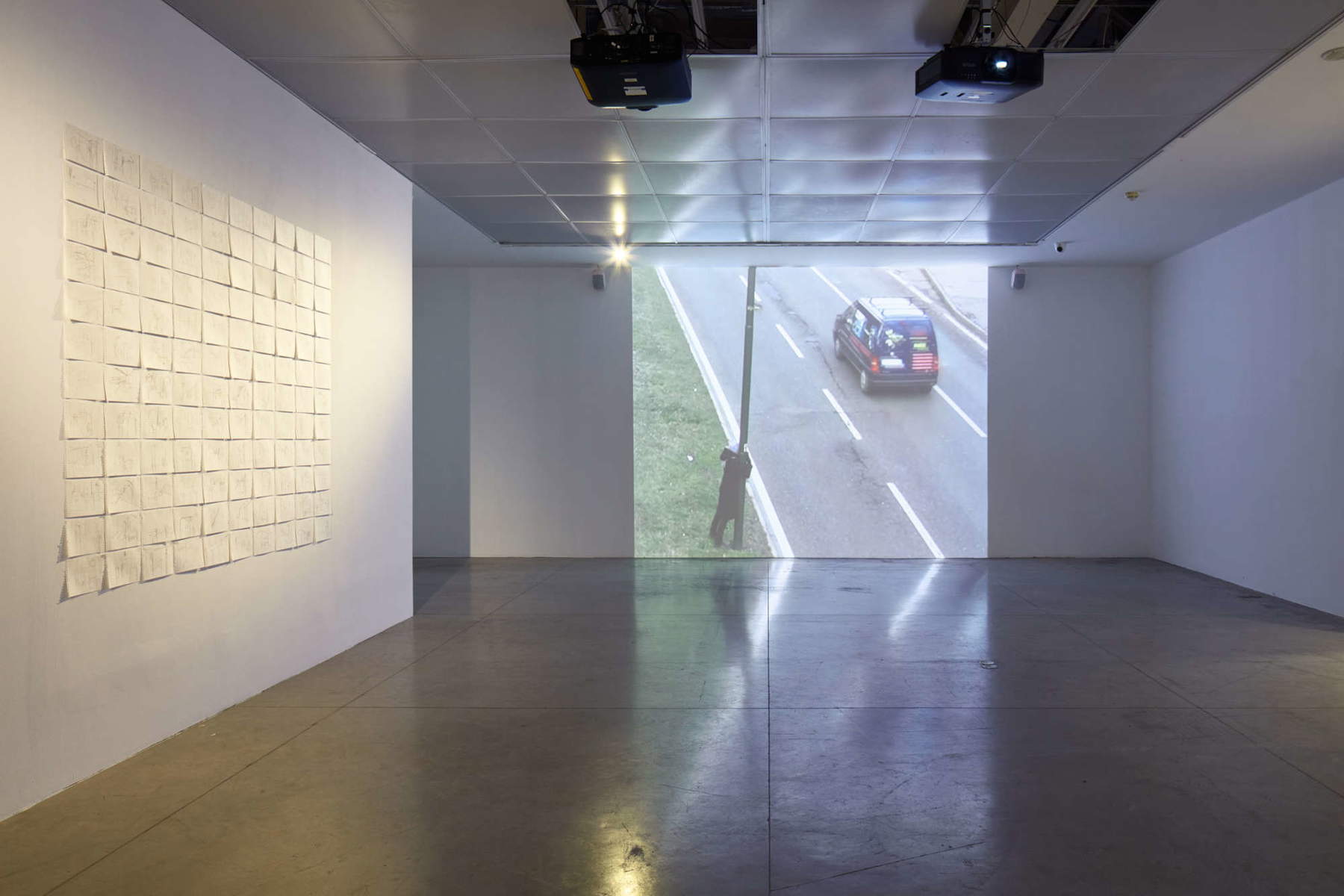
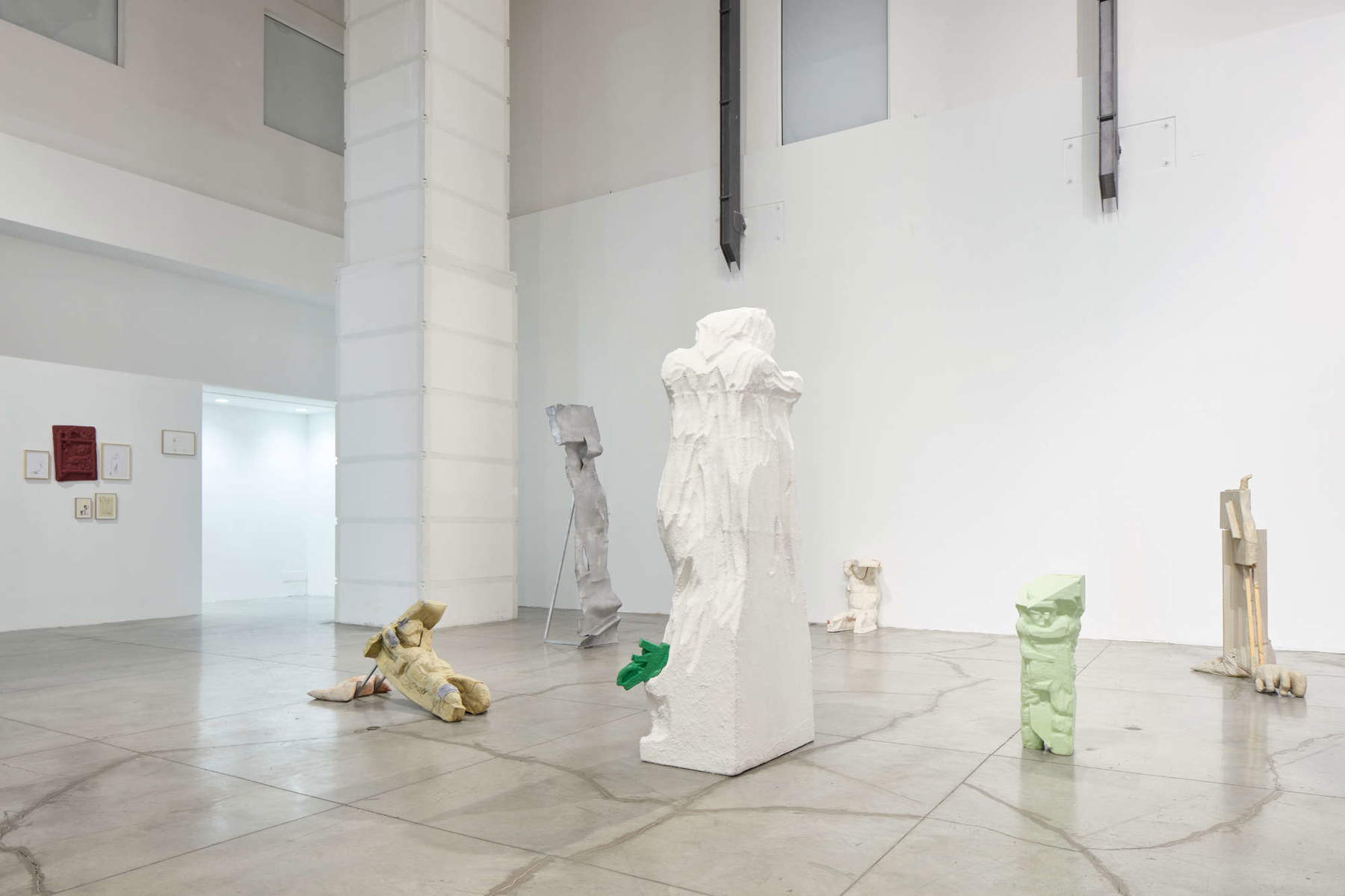
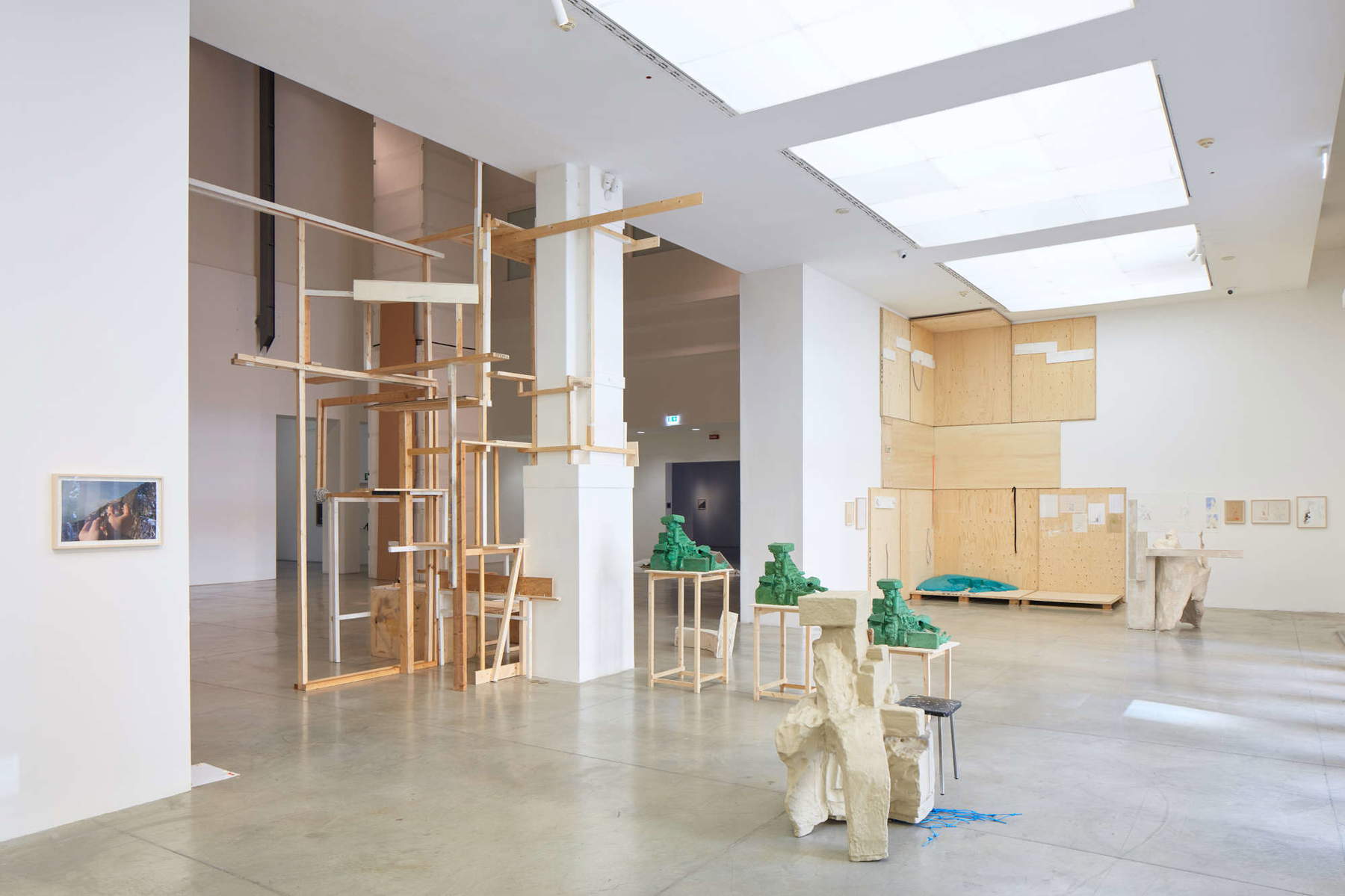
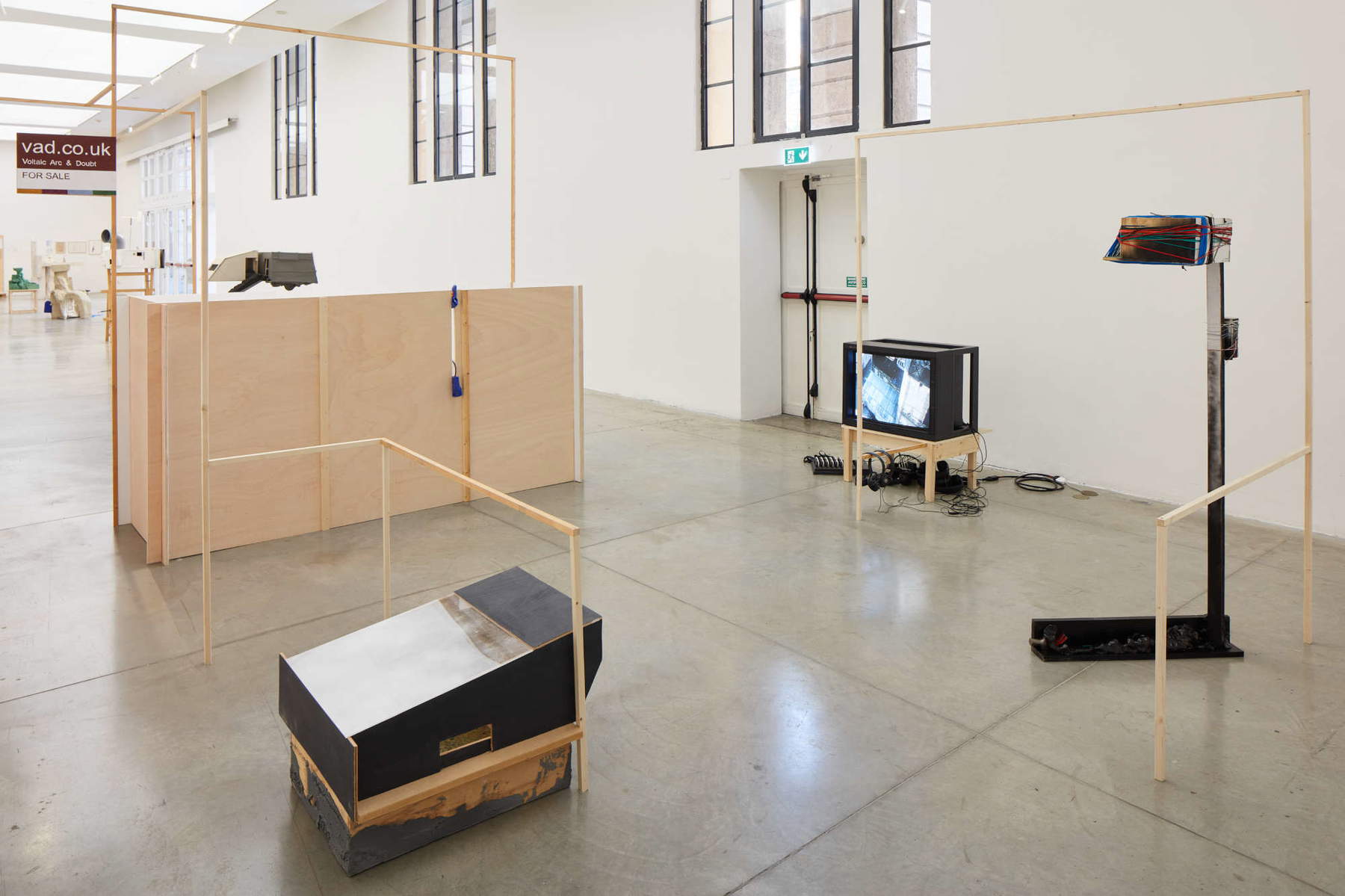
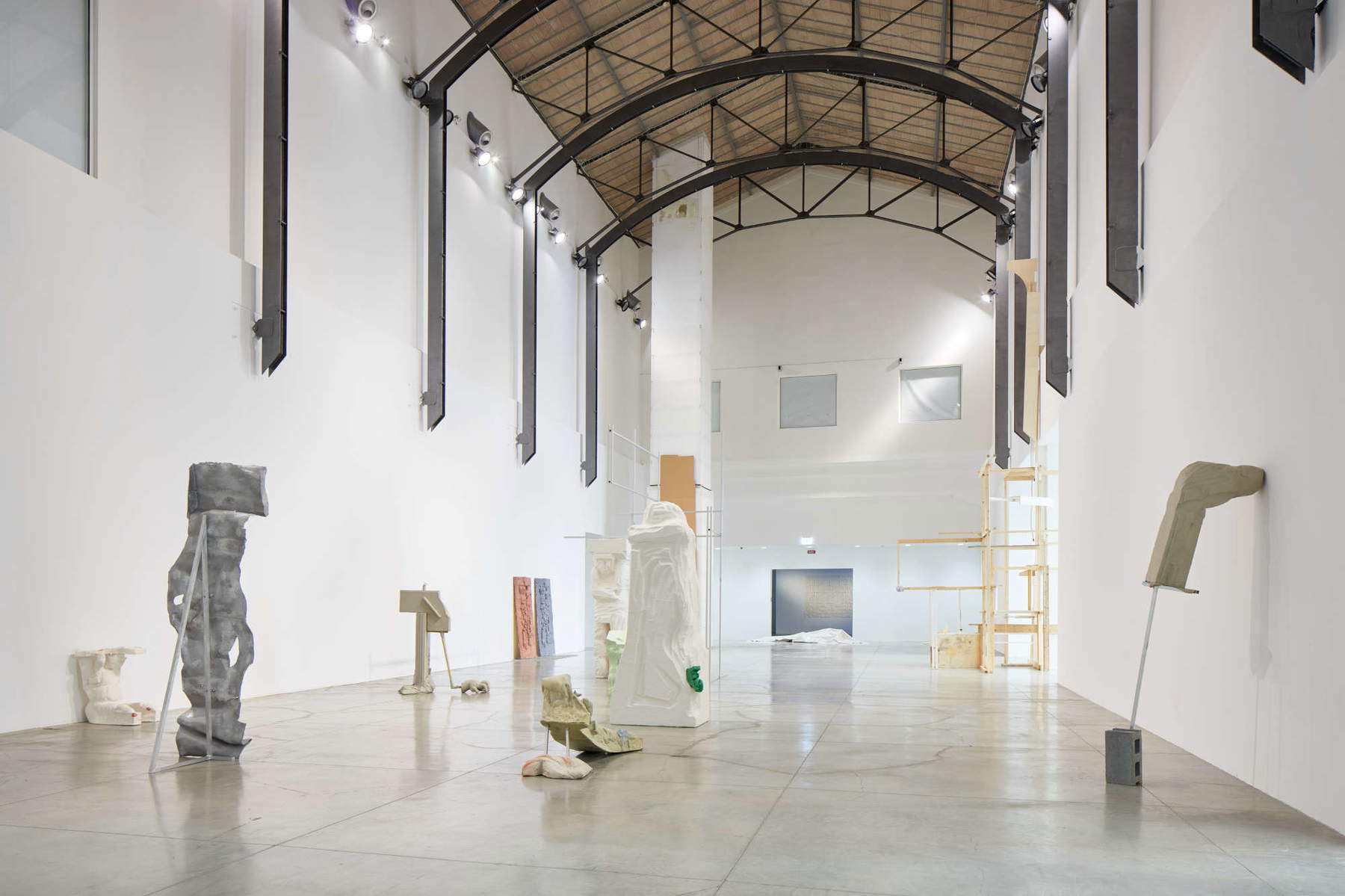
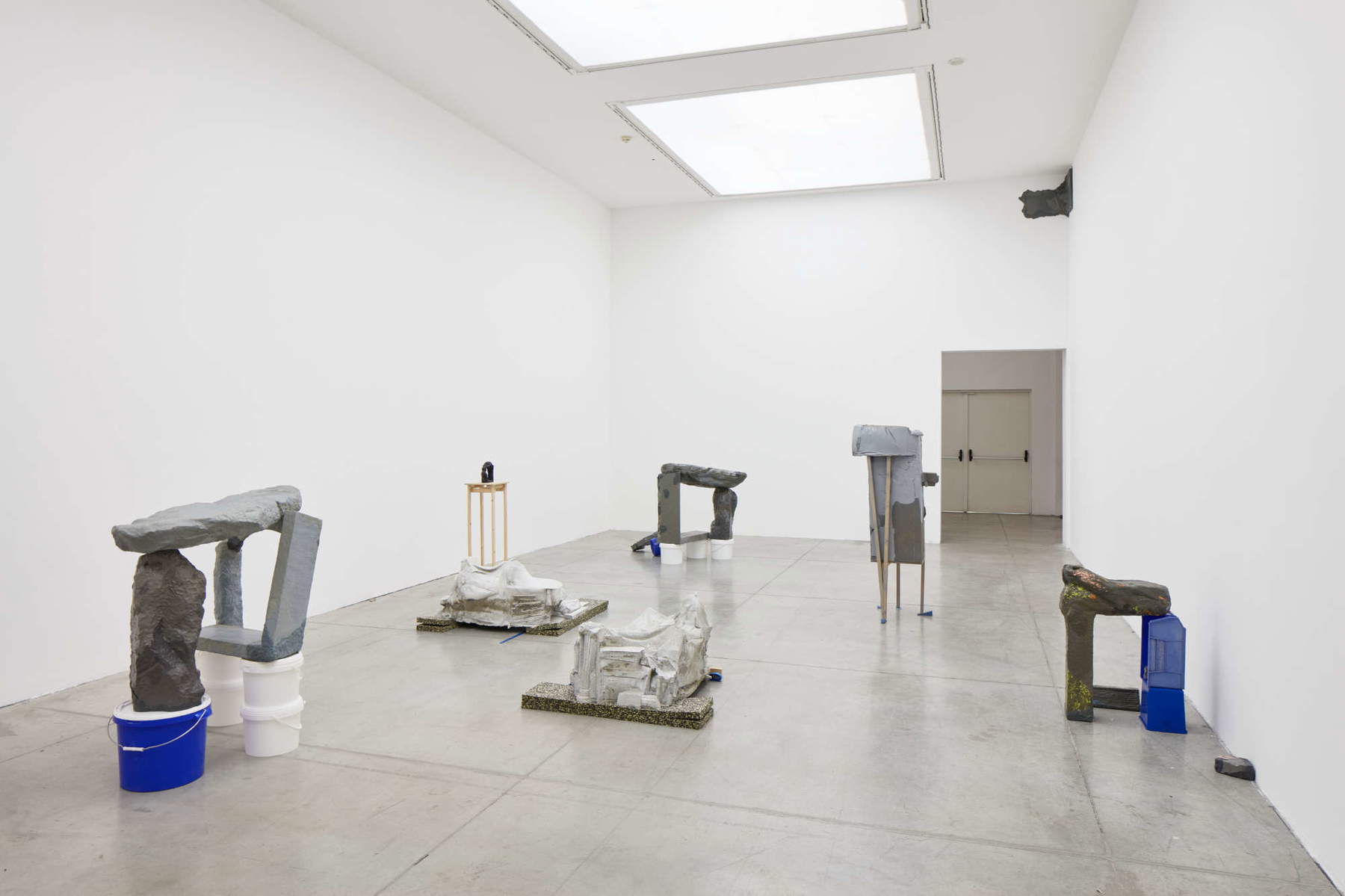
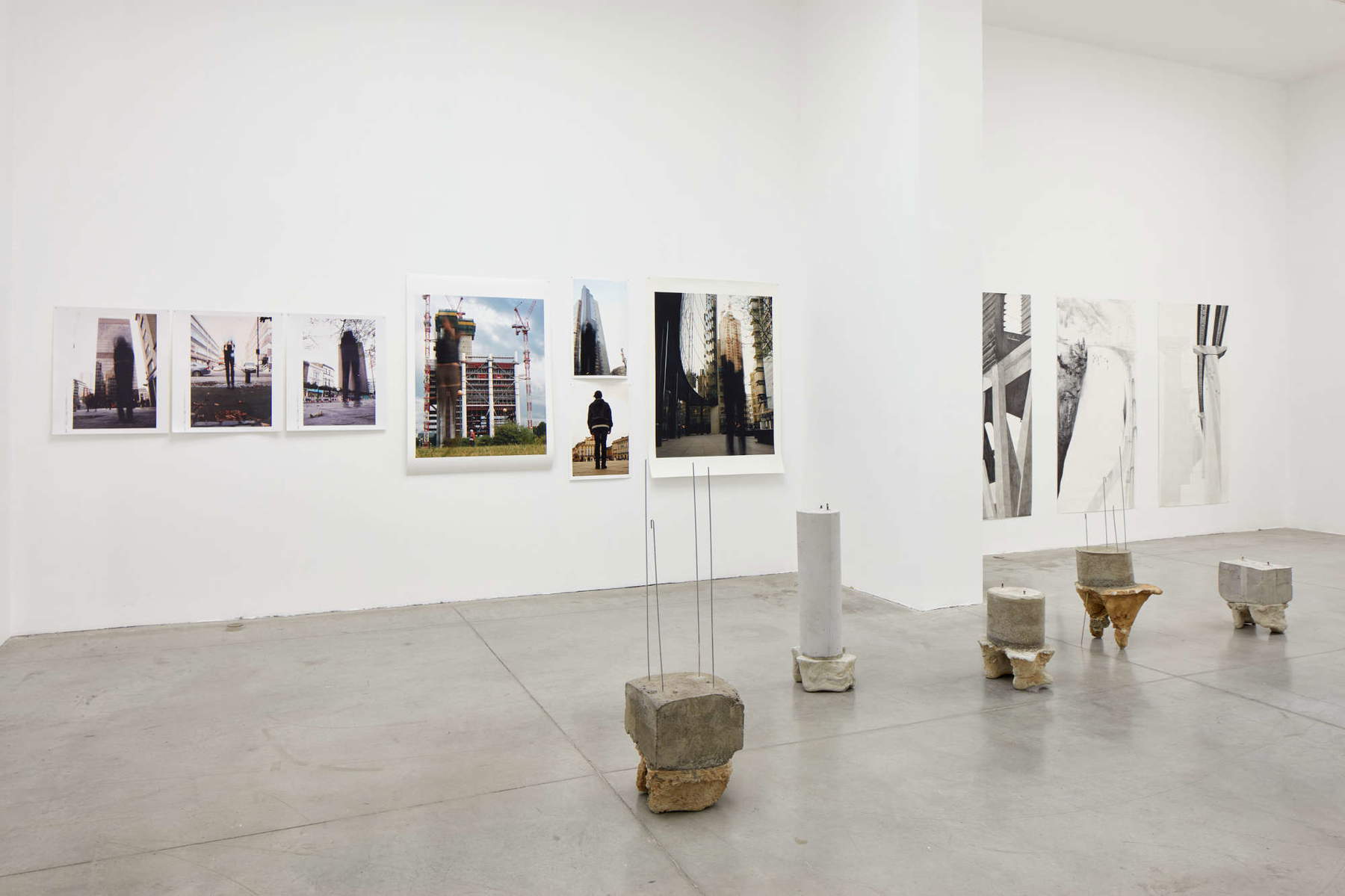
The feeling, however, is that there was a desire to expand and dilute the artist’s attitude until it could adequately occupy the museum’s large spaces. Beyond the “scalable sculptures” and the Monowe project, the other works in the exhibition seem almost like preparatory, didactic, and academic exercises in which the relationship with the dimension of the city is developed predictably and as an exercise in style. It seems, therefore, that the contemporary artist is destined to come late to a time when everyone can produce ideas, content and opinions. Hence, it is not enough to simply offer one’s own vision in one’s relationship with the city, but one must exorbit one’s gaze in less mundane and predictable ways, exactly as is the case in the Monowe project and the “scalable sculptures.”
This feeling of “excessive academicism” was also strongly present in the sculptural interventions that Ludovica Carbotta presented on the occasion of her participation in the 2019 Venice Biennale: so many different sculptural solutions that seemed like so many attempts typical of the experiments and exercises that the artist usually carries out in her formative phase. As if Ludovica Carbotta had exhibition opportunities before she had developed a mature and defined path, and thus was forced to bring to the pedestal a partly still immature research.
Significantly, the funds from the Italian Council call, which supported the exhibition and were created to support the individual artist’s request, are now basically managed by institutions that can choose to support a particular artist in completely arbitrary ways. This can happen because in Italy, as far as contemporary art is concerned, there is no viable critical system that can define “value scales” and thus truly open and meritocratic paths. Ludovica Carbotta, in the video documentary made by Sky about the exhibition, laments the great difficulties that the artist today has to face in order to make a living from his artistic work. But these difficulties arise precisely from the absence of a critical system, capable of making evident those values around which a community could identify. Only a critical thinking developed in a public and fair way, can allow the “recognition” of the contemporary artist and thus help him to sustain (also economically) his career. Going through Ludovica Carbotta’s exhibition in Bologna, the feeling is that precisely a stronger and more vital critical system could have stimulated and helped the artist in exorcising and better defining her attitude, transforming the acerbic experimentation of the academy into more diversified projects capable of defining more strongly her vision and attitude.
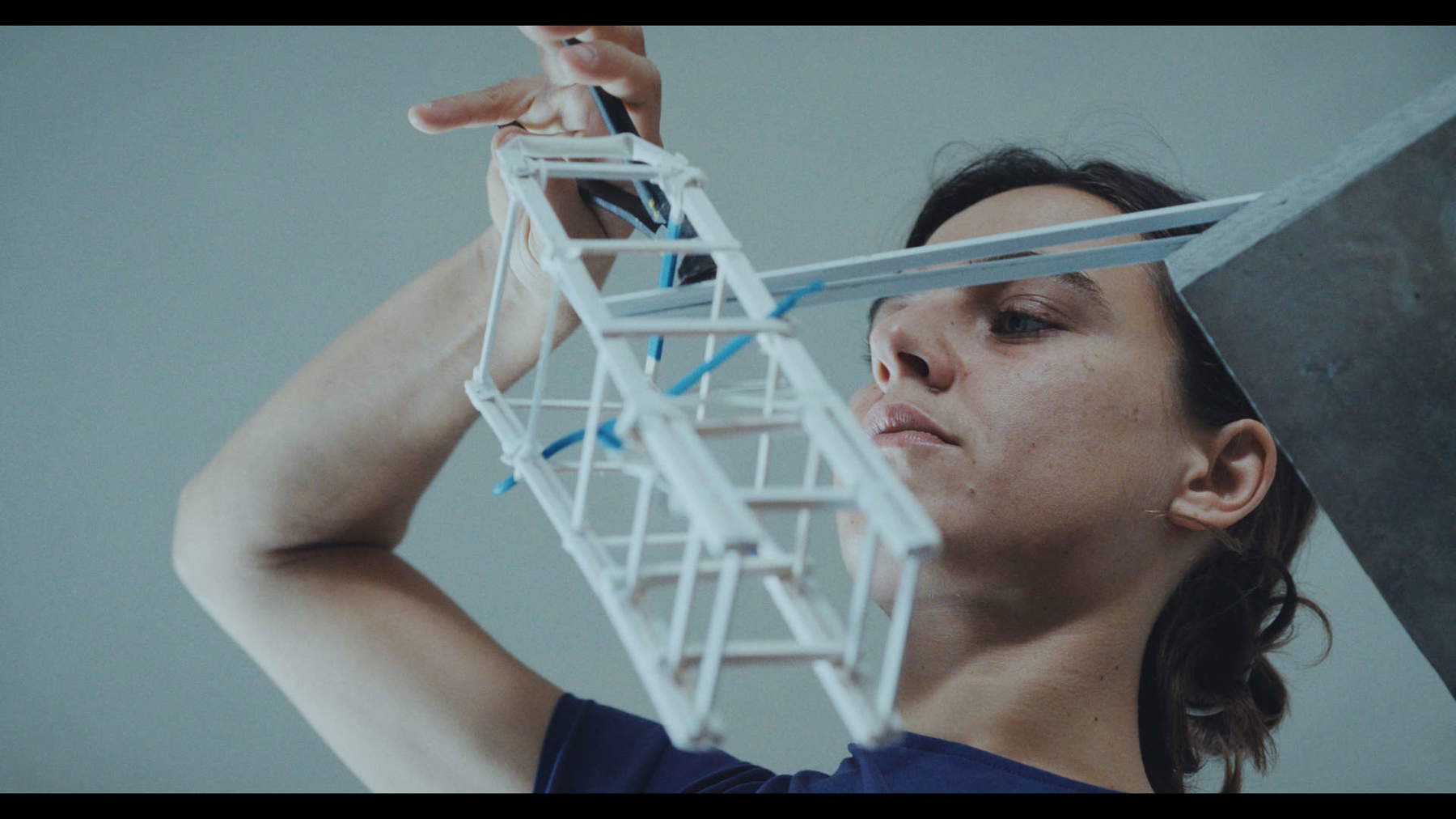
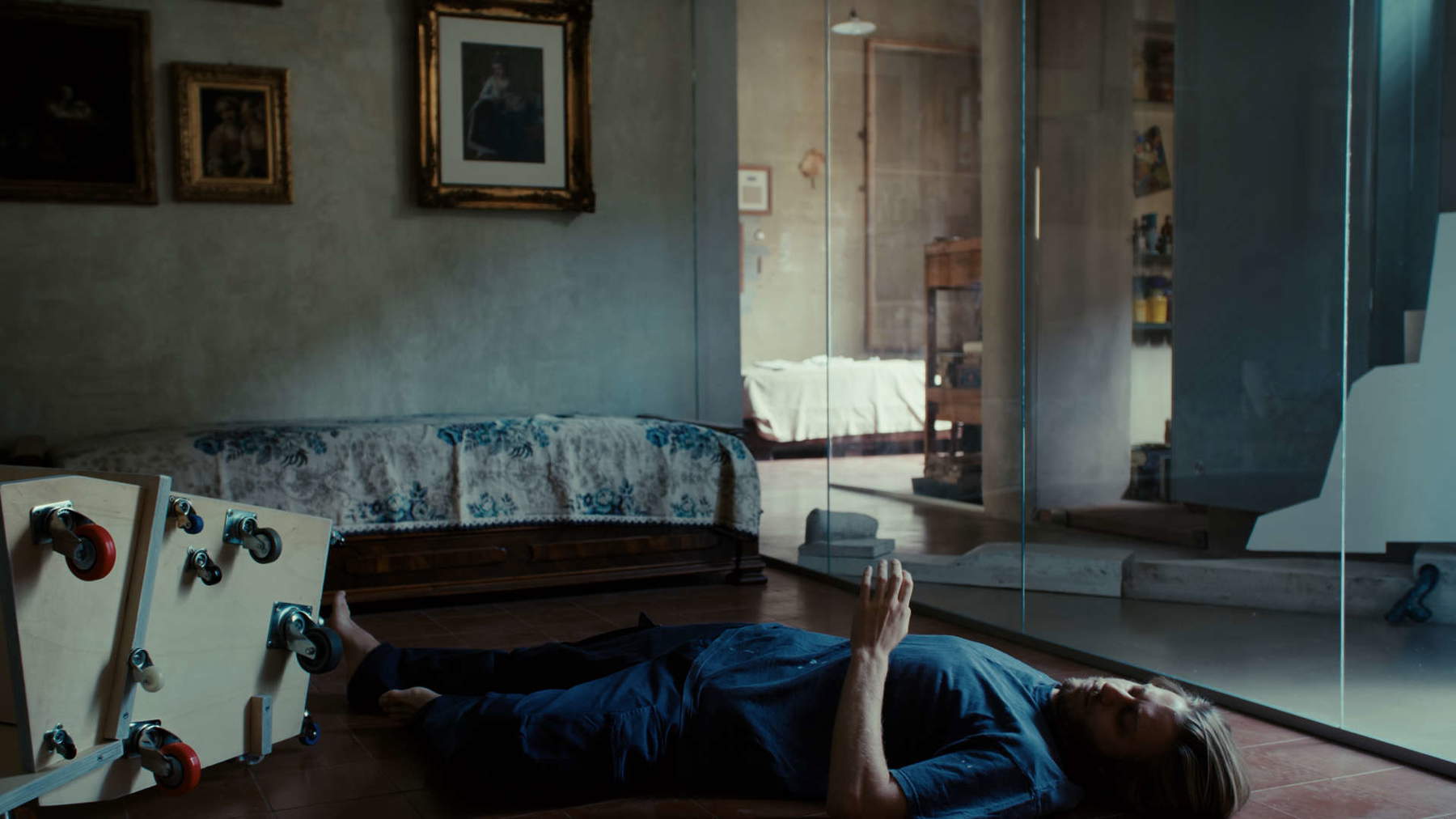
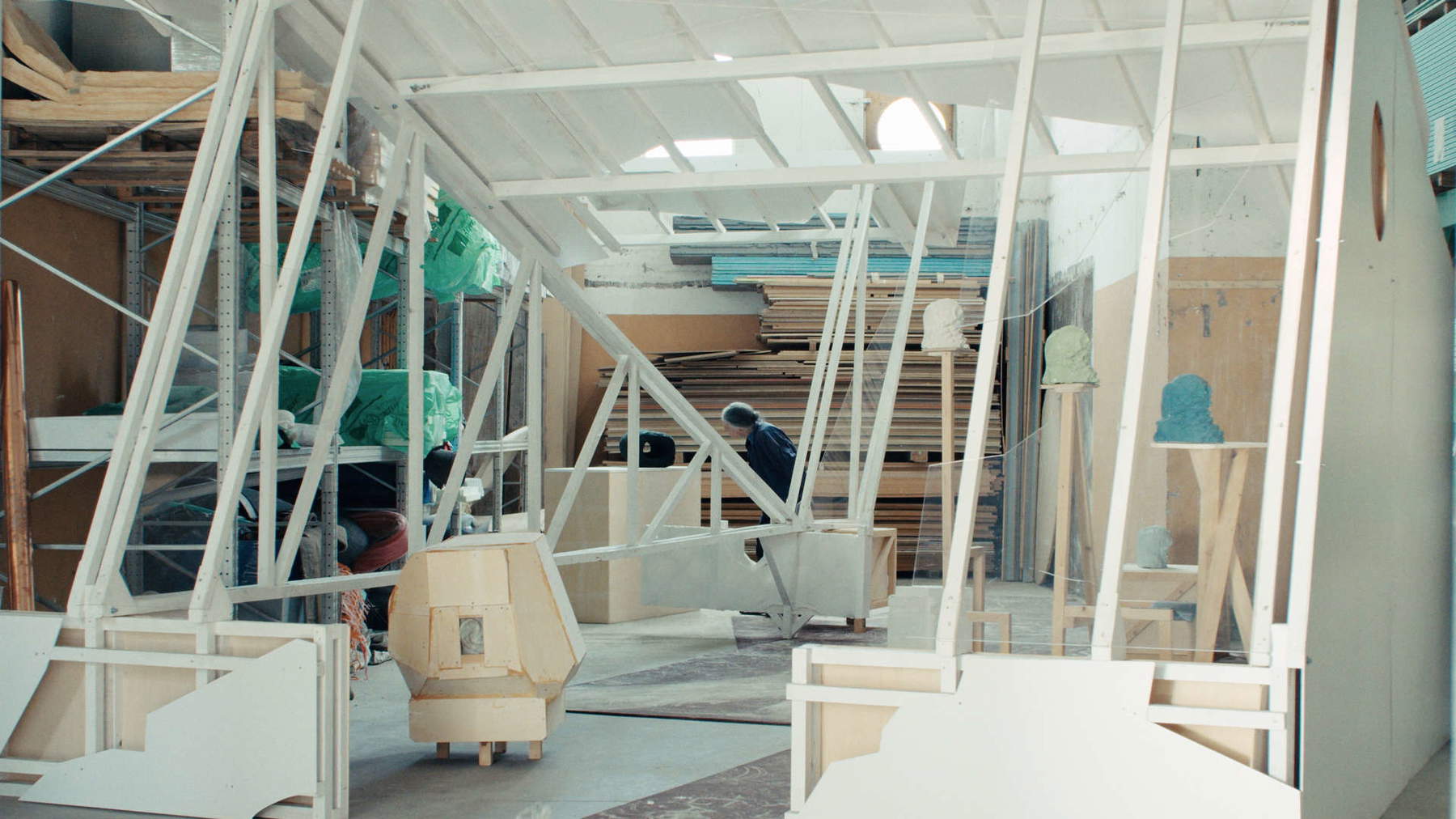 Ludovica Carbotta
Ludovica Carbotta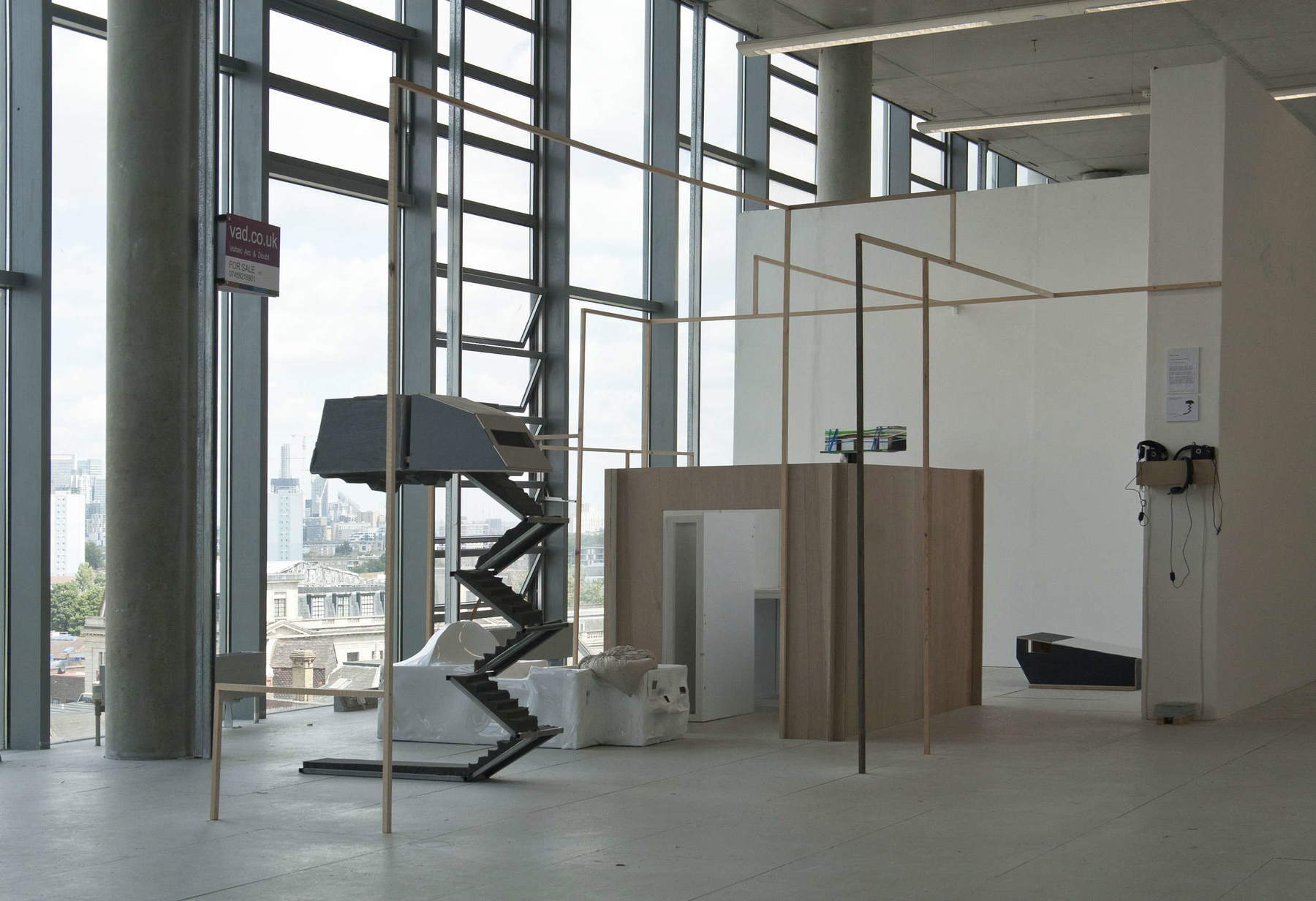
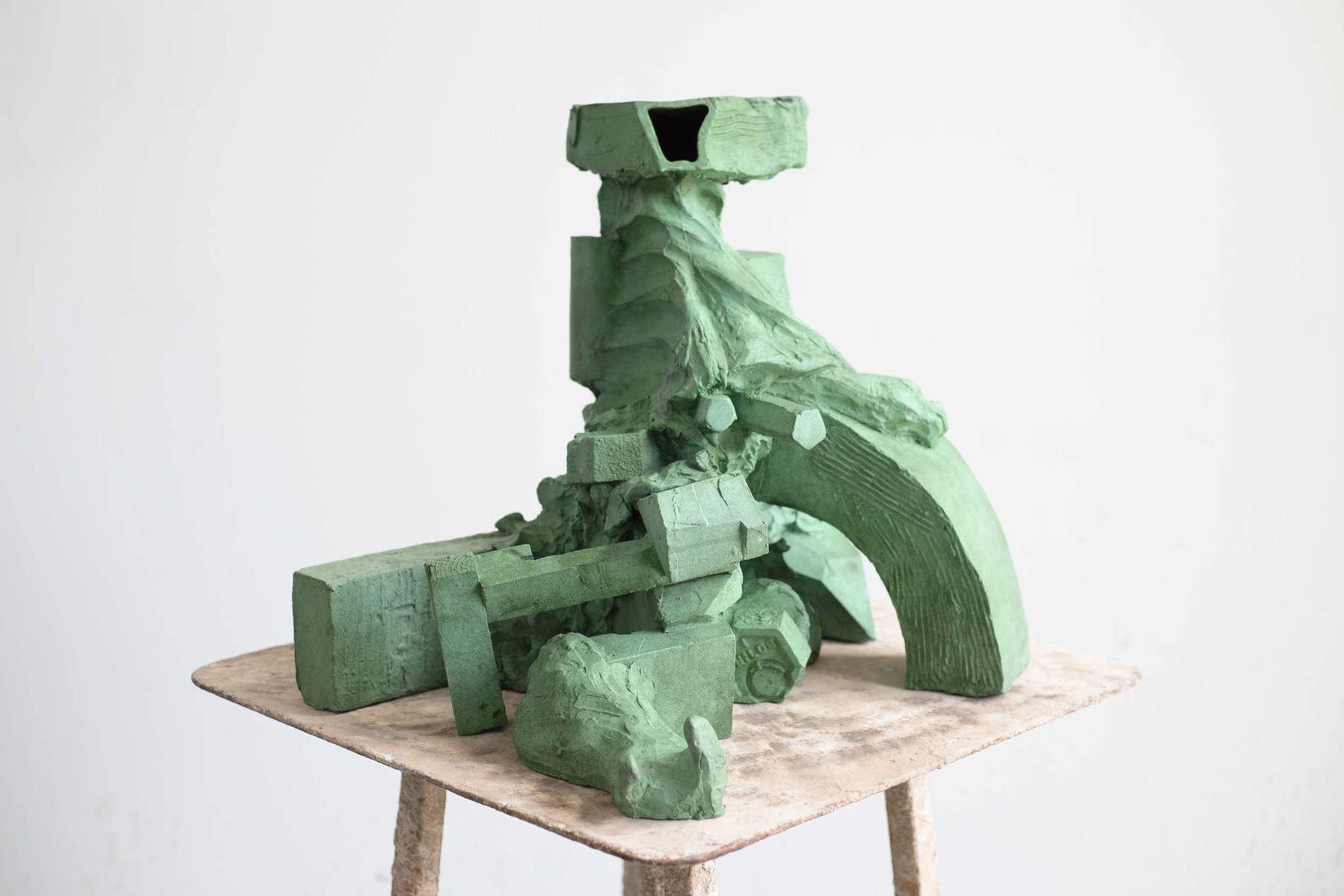
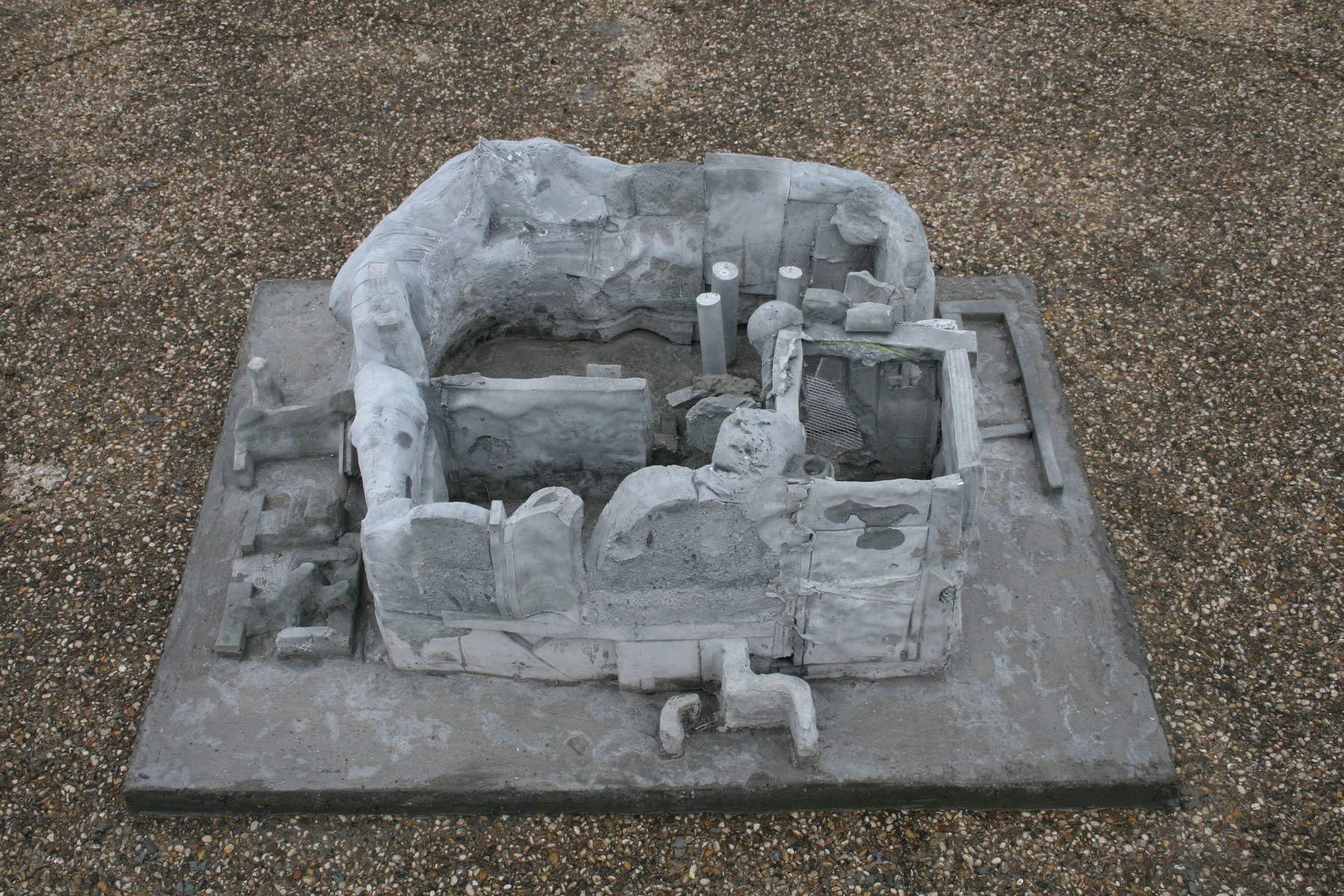
Warning: the translation into English of the original Italian article was created using automatic tools. We undertake to review all articles, but we do not guarantee the total absence of inaccuracies in the translation due to the program. You can find the original by clicking on the ITA button. If you find any mistake,please contact us.



























